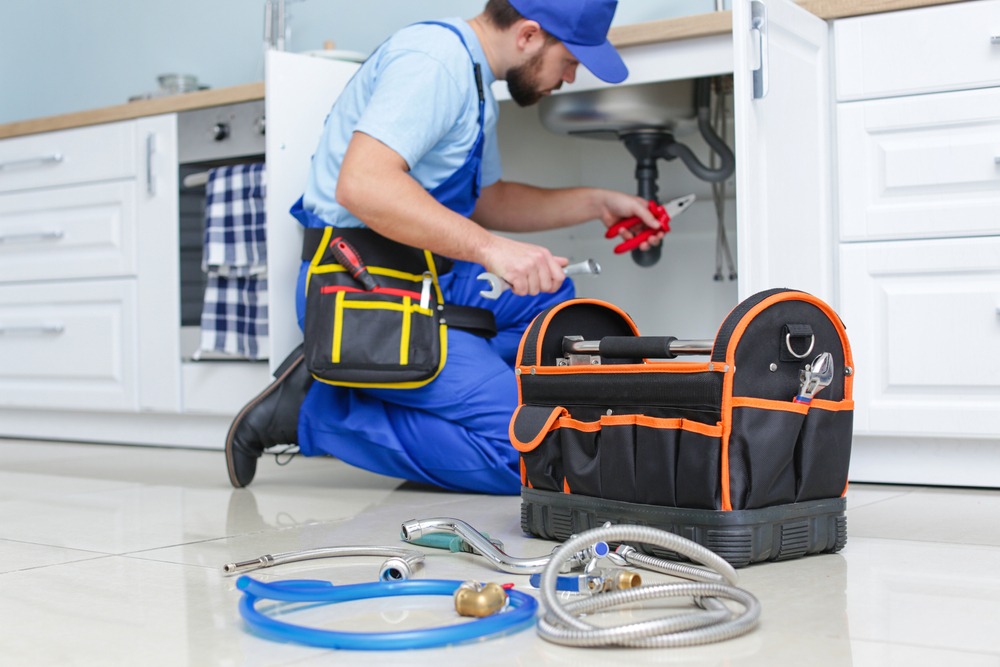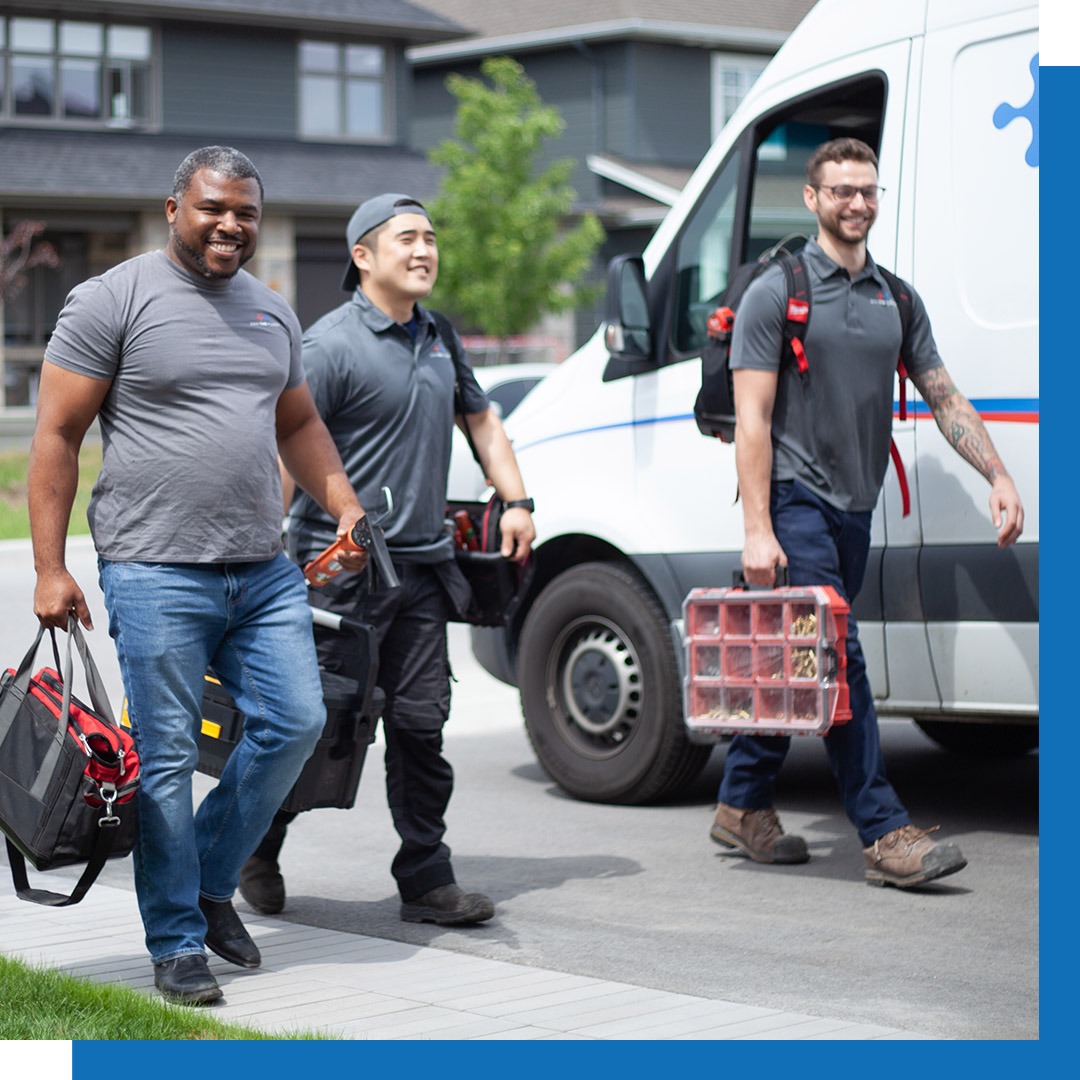Complete Plumbing Alabaster AL Solutions for Your Home
Complete Plumbing Alabaster AL Solutions for Your Home
Blog Article
A Step-by-Step Guide to Efficient Water Heating System Installment for Ideal Performance
Starting the job of mounting a hot water heater is an endeavor that demands accuracy and a methodical method for achieving optimum efficiency. The process begins with the vital decision of picking the suitable heater customized to the particular needs of your house, thinking about factors such as energy, dimension, and type source. As soon as selected, preparing the installation area to meet security criteria is vital. Nevertheless, the trip does not end below. As you proceed, the ins and outs of connecting water lines and setting up trusted electric or gas connections await, encouraging understandings into making certain effectiveness and integrity.
Choosing the Right Water Heating Unit

Next, think about the dimension and ability of the water heater. It's important to examine your house's warm water needs, which can vary based upon the variety of occupants and their usage patterns. An unit that's too little may cause inadequate warm water, while an extra-large model could result in unnecessary energy consumption.
Efficiency ratings also play a pivotal role in selection. Look for water heating systems with high Energy Factor (EF) ratings, indicating superior efficiency and lowered power use. Tankless designs, though normally a lot more pricey in advance, offer substantial energy savings with time as a result of their on-demand home heating abilities.
Preparing the Setup Area
Prior to setting up a new hot water heater, meticulous prep work of the installment area is vital. This guarantees a smooth installation procedure and aids protect against future issues (Drain Cleaning Alabaster AL). Begin by selecting an ideal place that abides by neighborhood structure codes and safety criteria. The location needs to be completely dry, well-ventilated, and easily accessible for maintenance. It's critical to determine the space meticulously to fit the water heater's measurements, guaranteeing ample clearance around the device for reliable operation and servicing.
Following, get rid of any kind of debris, dirt, or blockages from the website to produce a tidy environment. Examine the flooring for stability, as the hot water heater will certainly need a solid, level surface area to operate properly. If essential, set up a drip pan under the unit to catch potential leakages or spills, stopping water damage to the surrounding area. In areas vulnerable to seismic activity, take into consideration setting up seismic bands to protect the heater firmly in location.
Additionally, guarantee that all needed devices and products get on hand prior to starting the installation. This consists of items such as wrenches, screwdrivers, a level, and any extra equipment needed for mounting and safeguarding the heating unit. A well-prepared setup area establishes the structure for an effective hot water heater setup, maximizing performance and safety and security.
Connecting Water Supply Lines
When linking water lines to your freshly installed water heating unit, it is essential to make certain that all links are safe and secure and leak-free to preserve effective procedure and stop water damage. useful source Begin by recognizing the cold and hot water system lines. The cold water inlet is typically noted with a blue label or a "C", while the hot water outlet is marked with a red label or an "H".
Usage adaptable water heater connectors to assist in a less complicated installation process. Before affixing the adapters, place a plumbing technician's tape around the threaded ends of the water heating system's inlet and electrical outlet pipelines.
Once connections are in place, slowly turn on the primary water supply valve. Inspect each connection for leaks by visually checking and feeling for moisture. Tighten connections as necessary, and guarantee the pressure relief valve is correctly installed, safeguarding against too much stress accumulation.
Establishing Electric or Gas Connections
Effectively setting up the electric or gas links for your water heating system is a critical action to make sure efficient and safe procedure. For electrical hot water heater, start by verifying that the electrical circuit is compatible with the heater's voltage and amperage needs. Make sure the power supply is switched off at the circuit breaker to avoid crashes. Link the electrical cables to the heating unit following the supplier's circuitry representation. Generally, this involves attaching the ground cable to the green terminal, and the continuing to be cables to their corresponding terminals, securing each with cord nuts.
For gas water heating systems, safety is vital. Attach the gas line to the water heater utilizing a flexible gas adapter, guaranteeing it is correctly threaded and secured with pipeline joint substance or Teflon tape suitable for gas connections.
When links are made, inspect for any potential leaks. For gas lines, apply a soapy water option to the joints; bubbles indicate a leakage. For electric connections, confirm that all electrical wiring is safe and effectively insulated, maintaining conformity with local electrical codes.
Checking and Readjusting for Performance
With the electrical and gas connections securely in place, the next step is assessing the functional efficiency of your water heater. Begin by very carefully switching on the water system and making sure there are no leakages at any one of the valves or joints. Once confirmed, continue to load the storage tank, focusing on the pressure and temperature settings. It is advisable to establish the thermostat to an advised temperature level of around 120 ° F(49 ° you can try here C) to stabilize energy efficiency and convenience.
Following, carry out a complete assessment to guarantee the burner or gas burners are functioning appropriately. For electric heaters, make use of a multimeter to verify if the elements are attracting the proper current. In gas versions, observe the burner flame; it must be steady and blue, showing efficient burning.
Change the setups as required to eliminate inadequacies. Consider applying insulation steps, such as including a water heating unit covering, to even more boost performance by decreasing warm loss. In addition, check the anode pole's condition, as a worn-out rod can minimize efficiency and cause container rust.
Verdict
Reliable water heater installation is important for making sure ideal performance and power cost savings. Safely attaching water supply lines and thoroughly setting up electrical or gas links minimize possible problems.

Appropriately webpage setting up the electric or gas links for your water heater is an important action to ensure risk-free and reliable operation. For electric water heaters, begin by verifying that the electrical circuit is compatible with the heater's voltage and amperage requirements. Connect the gas line to the water heater using a flexible gas connector, ensuring it is correctly threaded and sealed with pipe joint substance or Teflon tape ideal for gas links.
Report this page